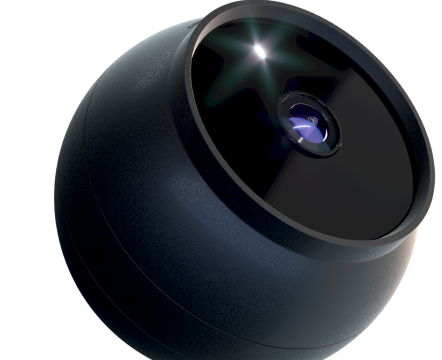FreightWaves recently analyzed ELD data to identify how long drivers sit at a dock under the on-duty or not-driving status.
This new data revealed the average wait times for drivers to get loaded and unloaded. Moreover, it also helped identify the least productive cities and areas for truckers.
Here is the list of the least productive areas for truckers, based on the data by FreightWaves.
How was the data collected?
According to FreightWaves, they received a lot of queries about how they collected the data and how they came up with this list.
This is what they did:
- They took ELD records for 110,000 trucks for over a period of six months
- Trucks that operate locally within a 200-mile radius were eliminated from this study
- The data was derived based on thousands of different carriers, instead of relying on just a single source
- They only included the areas (squares of 14×14 miles) throughout the U.S. and Canada that have a population of over 500,000
- Only cities with an average delay time of 90 minutes or more were included in the list
FreightWaves also mentioned that the data was pulled from over 150 sources and represents $260 billion of freight. You can find more information here.
Extended detention events
Last year, Motive also looked into the average detention time property-carrying truckers face and the negative impact it has on them.
According to the data analyzed by Motive, 75 percent of drivers are detained at a pickup or drop-off location for two or more hours every week. Moreover, 35 percent of drivers are detained at a pickup or drop-off location for more than six hours every week.
On average, a driver faces seven extended detention events every month.
This extended detention time has effects like:
- The extended delays in loading and unloading freight result in lost driving time and earnings for commercial drivers
- Drivers detained by a shipper or receiver for more than two hours drive faster to make deliveries within the 14-hour limit
According to our data, 81 percent of drivers feel undue pressure to make it to their next stop in time, and 34 percent drive, on average, 3.5 miles per hour faster after detention.
As a solution, Motive launched a petition to extend the 14-hour limit to 16 hours if drivers are detained by a shipper or receiver for more than two hours.
Motive helps truckers with great technology
Motive is on a mission to improve the efficiency and profitability of America’s trucking industry by building great technology products for truckers and fleet managers.
The Motive ELD is the number-one-rated FMCSA-registered electronic logging system. The Motive Electronic Logbook App is also the highest-rated mobile elog app with over 12,000 five-star positive reviews. You can download the free Motive App from Google Play Store and Apple App Store.
Over one million registered drivers and 60,000 carriers rely on Motive for their regulatory and fleet management needs. Request a free demo and give it a try. If you have any questions, reach out to us at 844-325-9230.







